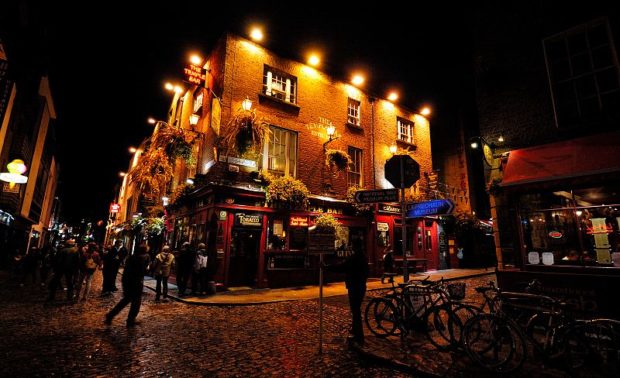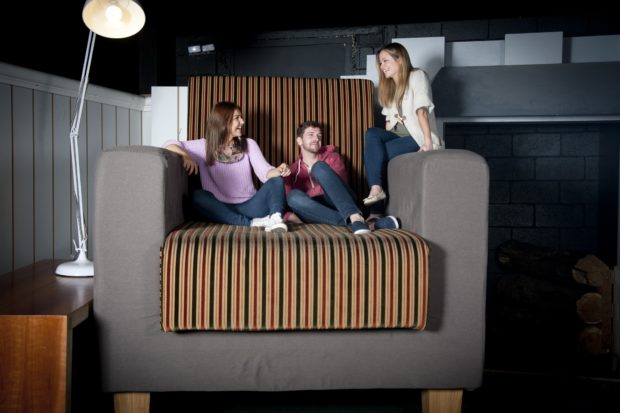You have no items in your cart. Want to get some nice things?
Go shopping
The Leprechaun Myth
The tour of the museum begins with its namesake, as a guide explains to the group what leprechauns are and their place in Irish culture and history. Known around the world as a comical figure on cereal boxes or in cartoons, the leprechaun is seen in a different light in its home country. Most Irish folktales feature the leprechaun as a cunning being that holds onto his pot of gold no matter who or what tries to deprive him of it. This is reminiscent of Ireland’s history of resistance against powerful forces that tried to exploit their resources.
Indeed, the pot of gold has been a recurring theme not just in Irish literature, but also in its modern culture. At tourist spots, visitors to the country are often presented with an array of merchandise featuring pot of gold pins, necklaces, and even the option of getting tattoos. Unsurprisingly, it also makes an appearance on the Lottoland guide to the national Irish Lotto as a stylised cartoon that both references the country’s culture and the purpose of the game. Around the world, the phrase has become a colloquial term used to describe almost anything that’s highly desirable but unattainable.
These versions and drastic transformations are explored in the museum. The magic happens when visitors appear to shrink compared to the large objects around the room, which the designer claims to be accurate proportions to the supposed size of leprechauns. At the end of it all, the main attraction is a pot with real gold that is strategically out of reach.
The Giant’s Causeway Exhibition
Naturally, the museum dedicated to Irish folklore includes Northern Ireland’s most popular sight. As leprechaun-sized guests move from room to room, they will find themselves under the hexagonal rocks of Finn McCool’s world and will learn about the “real” origin story. Legend has it that a giant named Finn built the Giant’s Causeway from Northern Ireland all the way to Scotland to fight a giant named Benandonner. However, upon closer inspection, Finn discovered that the other giant was much larger than he thought. He ran back to his wife Oonagh who then devised an ingenious plan to trick Benandonner. When the other giant crossed the Causeway looking for Finn, Oonagh told him that her husband wasn’t home, but he was welcome to see their child Oisin. The trick was that Oisin was actually Finn disguised as a baby. The plan worked because upon seeing a huge baby, Benandonner retreated, destroying the Causeway so that nobody could follow him. This destruction is still evident today as only the beginning of the “bridge” that Finn built was left behind.

Like the leprechaun, the guile and wits of the smaller player in the story won over the large force that threatened it. This theme of outwitting power is evident in other Irish stories featured in the museum, which cover the banshee, selkie, fairies, and more. Upon experiencing these stories both tourists and locals will leave the museum in Dublin with a renewed sense of appreciation for how deep Irish mythology goes, and how entrenched it is within the country’s history and struggles.





